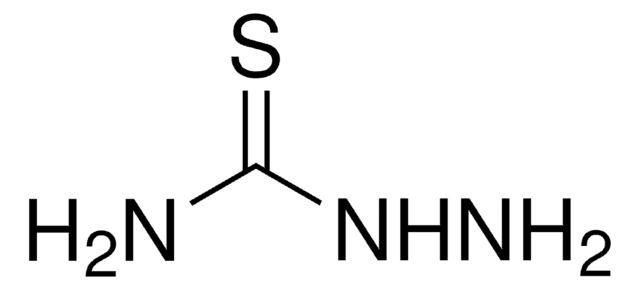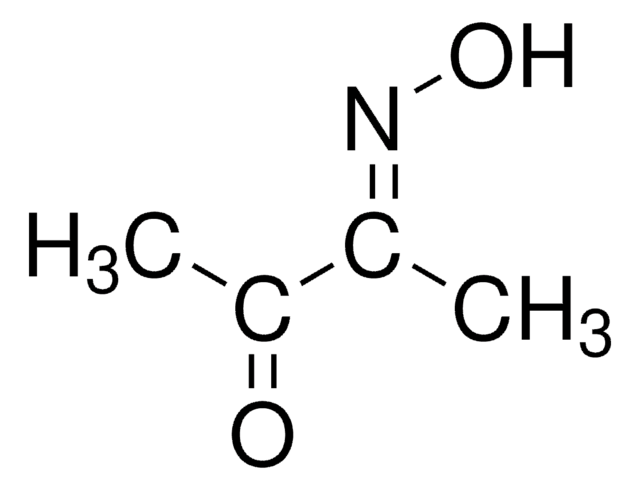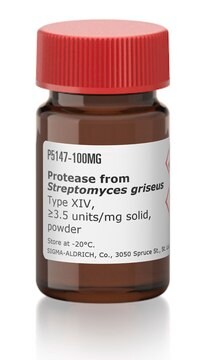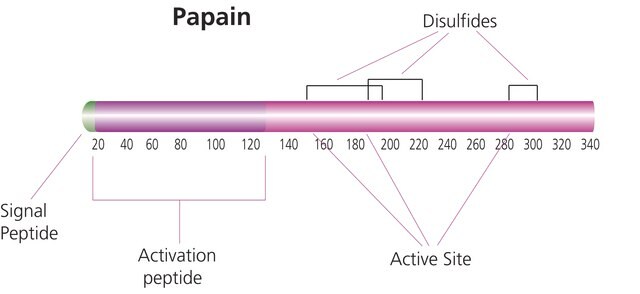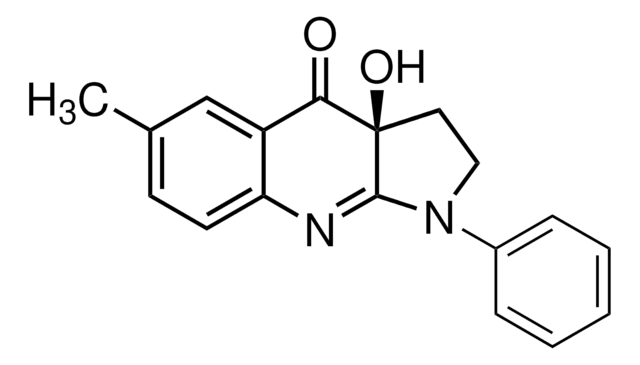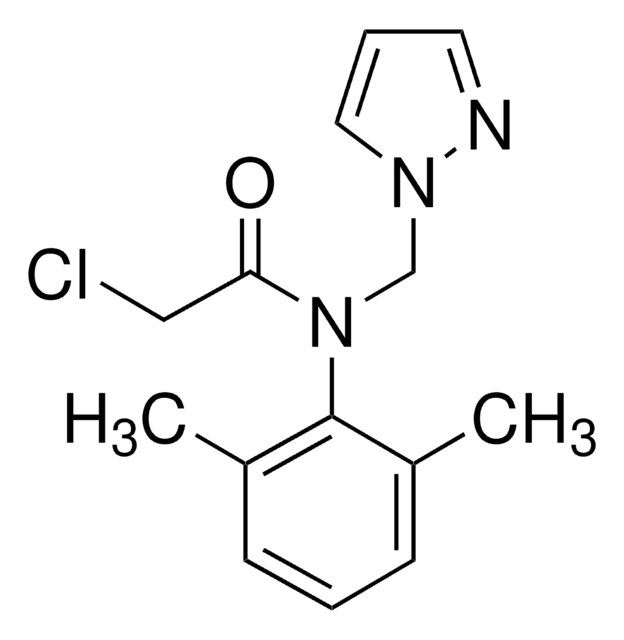B0753
2,3-Butanedione monoxime
≥98% (GC), powder, ATP-sensitive K⁺ and Ca²⁺ channel inhibitor
Synonyme(s) :
BDM
About This Item
Produits recommandés
Nom du produit
2,3-Butanedione monoxime, ≥98%
Essai
≥98%
Forme
powder
pb
185-186 °C (lit.)
Pf
75-78 °C (lit.)
Chaîne SMILES
CC(=O)\C(C)=N\O
InChI
1S/C4H7NO2/c1-3(5-7)4(2)6/h7H,1-2H3/b5-3+
Clé InChI
FSEUPUDHEBLWJY-HWKANZROSA-N
Informations sur le gène
human ... KCNB1(3745)
Vous recherchez des produits similaires ? Visite Guide de comparaison des produits
Application
- in single-molecule myosin V motility assays
- as an anesthetic in the approach of imaging transgenic animals
- to reduce rigor tension in muscle fibres
- as a media component for mice cardiomyocytes culture
Actions biochimiques/physiologiques
Code de la classe de stockage
11 - Combustible Solids
Classe de danger pour l'eau (WGK)
WGK 3
Point d'éclair (°F)
Not applicable
Point d'éclair (°C)
Not applicable
Équipement de protection individuelle
Eyeshields, Gloves, type N95 (US)
Faites votre choix parmi les versions les plus récentes :
Déjà en possession de ce produit ?
Retrouvez la documentation relative aux produits que vous avez récemment achetés dans la Bibliothèque de documents.
Les clients ont également consulté
Notre équipe de scientifiques dispose d'une expérience dans tous les secteurs de la recherche, notamment en sciences de la vie, science des matériaux, synthèse chimique, chromatographie, analyse et dans de nombreux autres domaines..
Contacter notre Service technique